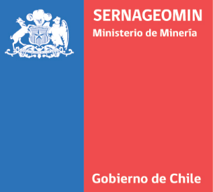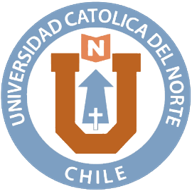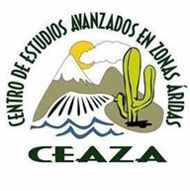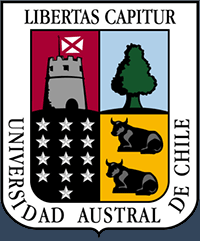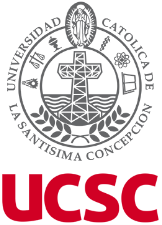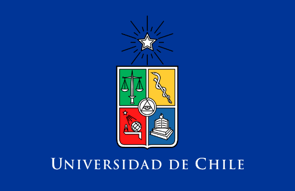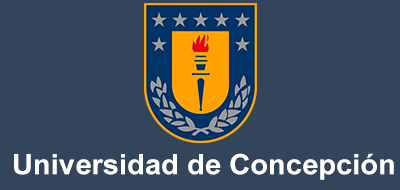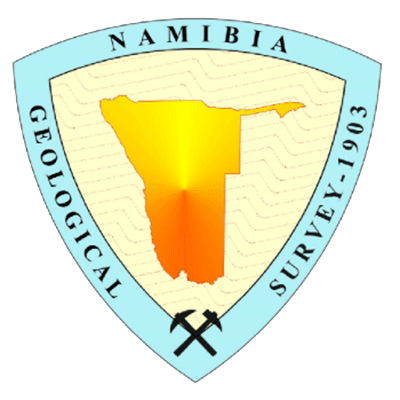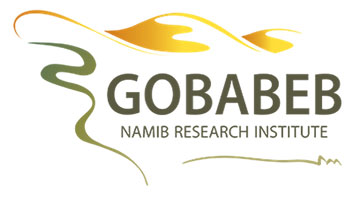Dating of old continental sediments in arid environments
The great antiquity of the Atacama Desert means that some questions about its geological evolution are beyond the capabilities of current dating methods. New techniques need to be developed to allow us and others to answer these questions. Establishing several new techniques that are able to date old sediments (geochronometers) is the aim of this project. To achieve this, we have been advancing ‘cosmogenic nuclide’ techniques that measure extremely rare isotopes in rock samples, requiring novel sample preparation chemistry and new measurement methods.
One of the sample types we are using is micrometeorites. These are tiny extra-terrestrial rock particles that continually rain down on the Earth.
Their preservation in the Atacama Desert sediments suggests they could be used as a tool to record environmental change, provided we can date when they landed on the Earth. As part of this we are working towards measuring cosmogenic 53Mn at the University of Cologne, which can currently only be performed in two laboratories worldwide.
Publication:
- Ritter, B., 2019.
Dissertation B.Ritter 2019: Landscape and climate evolution in arid to hyperarid climates with special focus on the Atacama Desert.
Universitäts- und Stadtbibliothek Universität zu Köln. 1 - 161. - Ritter, B., 2018.
Neogene fluvial landscape evolution in the hyperarid core of the Atacama Desert.
Nature Scientific Reports. 1 - 16. - The first (53Mn/55Mn) isotopic ratio measurements at the Cologne FN-Tandem Accelerator
https://www.sciencedirect.com/science/article/pii/S0168583X18305627
Further Information
- AMS - Accelerator Mass Spectrometry
https://www.ikp.uni-koeln.de/groups/dewald/forschung/ams/
Contact
Prof. Dr. Tibor Dunai
Phone: +49 (0)221 470-3229
E-Mail: This email address is being protected from spambots. You need JavaScript enabled to view it.










